10 Fun Quacking Facts About Ducks
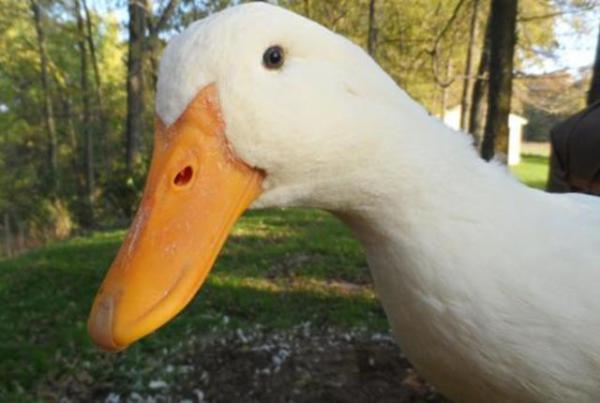
“From troubles of the world I turn to ducks,
Beautiful comical things”
— Ducks by Frank W. Harvey
From Jemima to Donald, ducks have permeated popular culture due to their friendly and entertaining nature. But far from just being waddling bundles of feathers, ducks are actually very complex creatures.
They follow the first animal they see

This is a phenomenon known as imprinting. It means that a newly hatched duckling will adopt the characteristics of the first animal they see. This is usually a mother duck, but it could be anything from a dog to a human. There is even a known case of a group of ducklings imprinting on a cardboard box.
Imprinting takes place due to the duckling's instinct to follow the first thing that passes by because more often it is not their mother. To prevent such confusion, the hand-rearing ducklings feed them using a hand puppet of a duck, so that later on the duckling can integrate with its own species.
Fascinating parts

Duck romance isn't exactly moonlight and roses. While ducks pair off every mating season, this doesn't stop rival males from forcing themselves to the female. The males of many duck breeds have developed spiky, corkscrew-shaped testicles, which give them an advantage over rivals when it comes to depositing sperm. However, female ducks do not take this lying down. Over time, they have developed vaginas comparable to Hampton Court Maze, with dead ends, and parts that spiral in the opposite direction to the male's penis.
It doesn't end there. Some breeds of duck have testicles so long they are able to use them as lassos (see picture above). Researchers at the University of Alaska theorize that the Argentinian lake duck will sometimes lasso escaping females in order to mate with them.
Not all ducks can fly
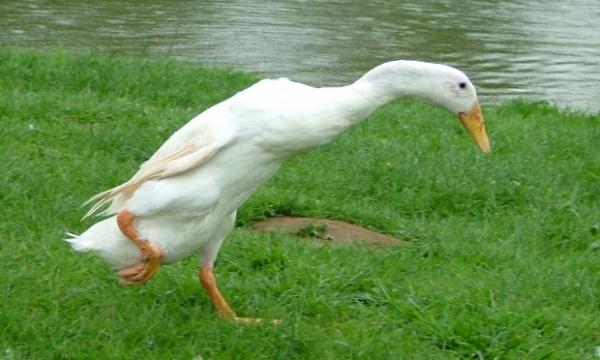
There is a breed of duck that has more in common with a penguin than with its native cousins. The Indian Runner is becoming increasingly popular with UK duck owners, thanks to its inability to fly and comical appearance; the most frequently used description among Indian Runner owners is “a wine bottle on legs”.
Even though the Indian Runner can't fly, it can outrun many predators, and also its owner. Because of this, Indian Runners are occasionally used to train sheepdogs.
They shouldn’t consume bread
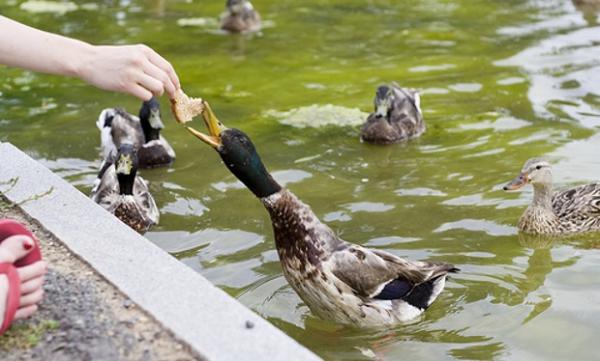
Somehow most of us have all been to the park to feed the ducks, usually clutching half a bag of stale Warburtons. However, feeding bread to a duck actually does more harm than good.
While ducks are largely omnivorous and have even been known to eat sand and grit for their mineral content, bread is actually one of the worst things they can eat. Apart from having no nutritional value, regularly eating bread can cause obesity, malnutrition, and a condition known as angel wing, which impedes the duck's ability to fly. On top of this, rotting, uneaten bread will attract pests and predators to the duck's environment.
Corn, oats, and chopped vegetables are all good alternatives to try when feeding the ducks.
Ducks with 3 eyelids
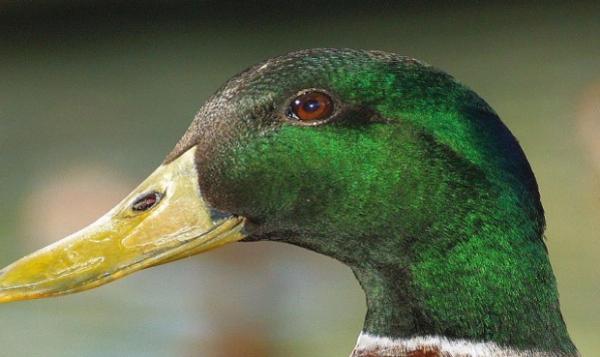
This is the case with most birds. As well as the standard top and bottom eyelids, ducks also have a third, sideways lid. The membrane acts as goggles do on humans, so the ducks can see while their heads are underwater. The membrane also removes things like grit and dust from the eyes.
Male and female tales
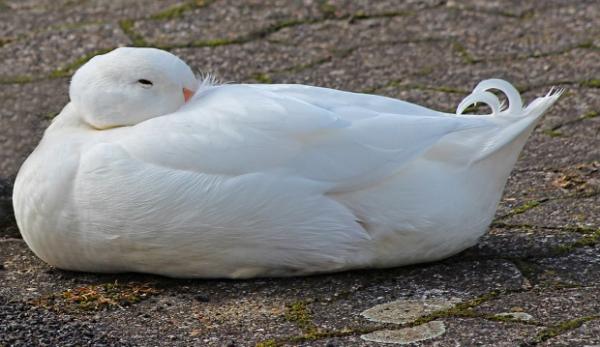
While many breeds of duck are distinguishable by their coloring (for example, with the mallard), some have identical coloring regardless of their genders. With these breeds, the most common way to tell the male from the female is to look at the tail feathers. In many breeds, the male will have curly tail feathers, in contrast to the female's straight, stubby feathers.
Not all ducks quack
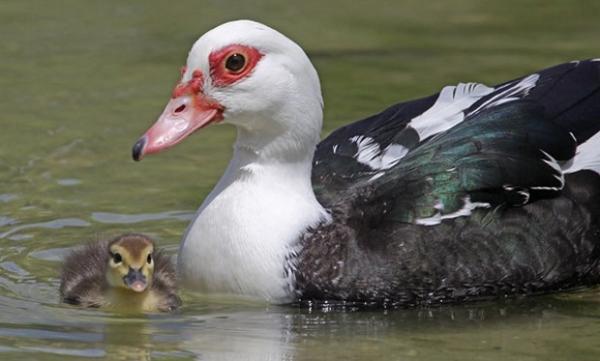
In fact, hardly any ducks produce the 'quacking' sound we've come to associate with them. The most common UK duck, the mallard, does quack, but other breeds croak, squeak, whistle, or remain mute. Duck quacks produce an echo.
Egg laying is affected by the sunlight
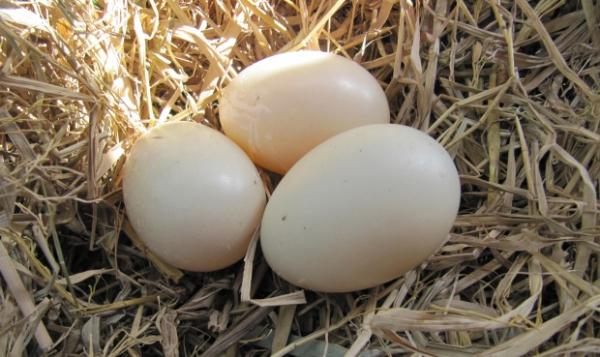
Both ducks and chickens slow down their egg production when there is a shortage of daylight, due to the light levels affecting their hormones. This is why most breeds of duck and chicken don't lay many if any eggs during the winter months.
Ducks aren't as affected by the dark as chickens, however, and some breeds do lay all year round (the current record holder produces 364 eggs in one year).
Due to this condition, farmers and duck keepers are advised to introduce artificial light into the duck house in order to boost egg production.
Females are louder than males
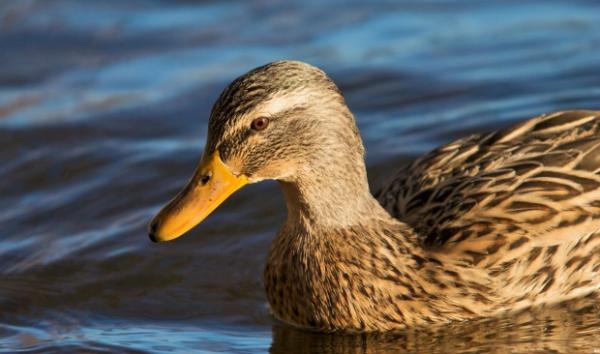
With most breeds of duck, the female is considerably louder and more talkative than the male. In fact, some male breeds are virtually silent (desperately try not to do a joke about being hen-pecked). People who keep domestic ducks are often advised to keep only males if they have neighbors, as this will reduce the risk of annoying them with the noise.
Ducks can be quite indecisive
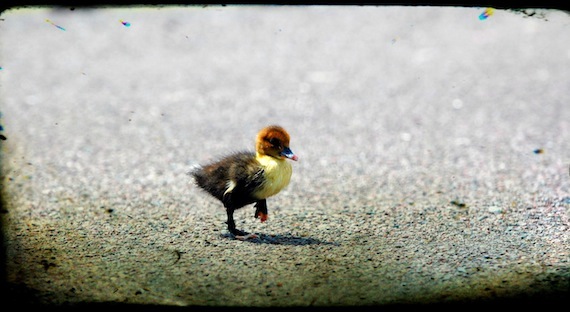
Find more English articles here.
Оставить комментарий
Для комментирования необходимо войти через
![]() Вконтакте
Вконтакте